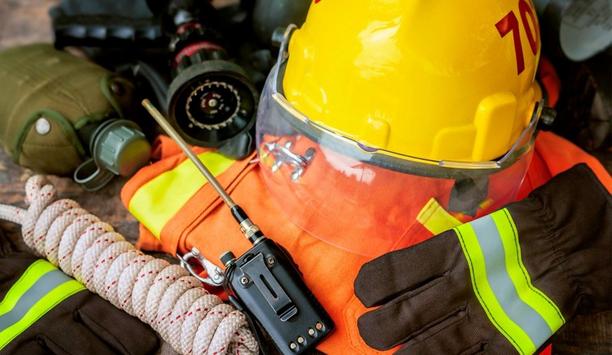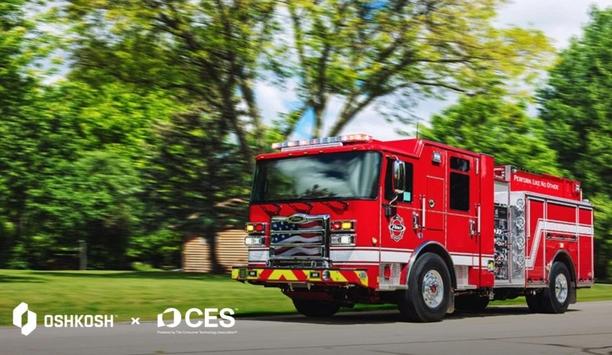FEMA is urging residents to become "Earthquake Prepared" by exercising a few safety measures. 
Debris removal is a major challenge following natural disasters.
Photo: Casey Deshong, FEMA
Midwesterners expect and prepare for a variety of seasonal hazards such as extreme snow, ice, flooding, tornadoes and severe weather. But the non-seasonal threat of earthquakes may not register on every family's hazard scale.
That's why the Federal Emergency Management Agency (FEMA) Region VII is urging residents to become "Earthquake Prepared" by exercising a few safety measures to help prepare themselves for earthquakes and disasters of all types.
"Recent earthquakes, both domestic and abroad, illustrate the magnitude of devastation and destruction an earthquake can cause," said Beth Freeman, Regional Administrator for FEMA Region VII.
"These events serve as a reminder that it is important to be prepared for all hazards, including earthquakes," she added. "Easy steps, such as reviewing earthquake safety tips and updating your home emergency plan, can be life-saving."
The Midwest is not immune to earthquakes. FEMA Region VII, which is comprised of the states of Iowa, Kansas, Missouri and Nebraska, is home to several faults, most notably the New Madrid and the Humboldt-Nemaha. In March of 1964, a 5.1 magnitude earthquake near Merriman, Nebraska, cracked roads, collapsed banks of the Niobrara River, and shook dishes and canned goods from shelves. A similar-sized earthquake in 2008 hit Mt. Carmel, Illinois, causing damage to some buildings including a high school gymnasium, and was felt in 23 states including all Region VII states.
In December 2009, six different earthquakes, three of which were greater than 3.0 magnitude, rattled windows and shook the ground in various regions across Oklahoma, Arkansas, Nebraska and Missouri. The largest series of earthquakes in the continental U.S. occurred along the New Madrid, in southeast Missouri in 1811 and 1812.
"Easy steps, such as reviewing earthquake safety tips and updating your home emergency plan, can be life-saving" |
Even though earthquakes are not frequent, residents should know what to do before, during and after one hits:
Before an earthquake occurs:
- Consider purchasing earthquake insurance
- Buy a 20-gallon garbage can and fill it with emergency supplies
- Consider retrofitting your home to make it more resistant to earthquake damage
- Educate your children about earthquake safety
- Anchor heavy furniture, shelves, cupboards and appliances to the walls or floor
- Store dangerous chemicals such as flammable liquids and poisons in a secure place
- Learn how to shut off the gas, electricity and water
- Have money in savings for post-catastrophic expenses that aren't covered by your earthquake insurance policy. These expenses may include higher insurance deductible and repair or replacement claims that exceed your policy limits
When an earthquake hits, what to do if you're indoors:
- DROP to the ground
- Take COVER by getting under a sturdy table or other piece of furniture; and
- HOLD ON until the shaking stops. Cover your face and head with your arms and crouch in an inside corner of the building
- Stay away from glass, windows, outside doors and walls, and anything that could fall
- Stay in bed if you are there when the earthquake strikes. Hold on and protect your head with a pillow, unless you are under a heavy light fixture that could fall. In that case, move to the nearest safe place
- Stay inside until shaking stops and it is safe to go outside. Research has shown that most injuries occur when people inside buildings attempt to move to a different location inside the building or try to leave
- Be aware that the electricity may go out or the sprinkler systems or fire alarms may turn on
When an earthquake hits, what to do if you're outdoors:
- Stay there. Drop, cover and hold
- Move away from buildings, streetlights, and utility wires
- Once in the open, stay there until the shaking stops. The greatest danger exists directly outside buildings, at exits, and alongside exterior walls. Ground movement during an earthquake is seldom the direct cause of death or injury. Most earthquake-related casualties result from collapsing walls, flying glass, and falling objects
For more information on earthquake safety, including what to do before, during, and after and earthquake and how to check for earthquake hazards in your home visit http://www.fema.gov/hazard/earthquake/











